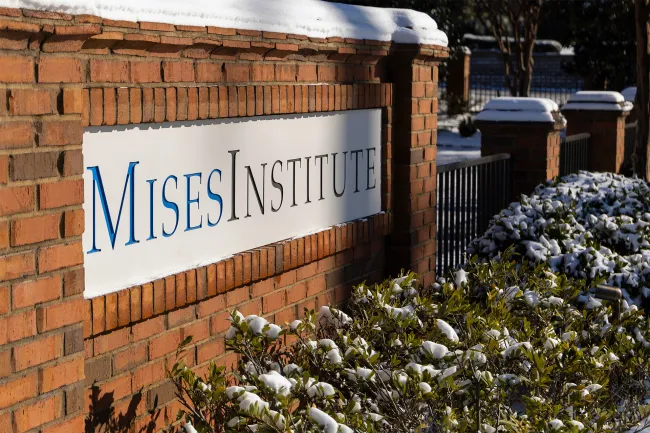The Keynesian Multiplier Is a Dangerous Myth
Keynesians claim that through the “multiplier,” a country can spend itself into prosperity. All that is needed is for government to tax, borrow, print money and spend, and prosperity will follow. Austrian Economists, however, are not fooled by such myths.










